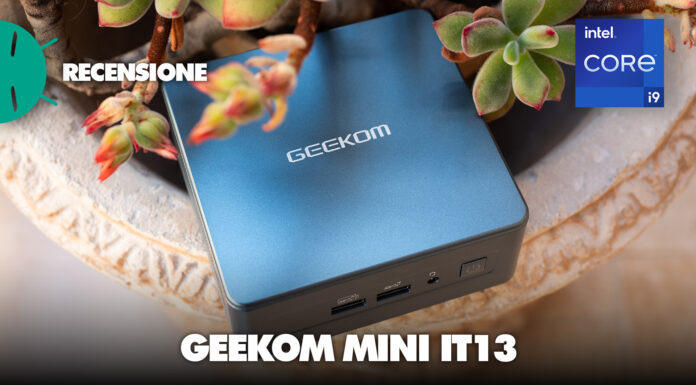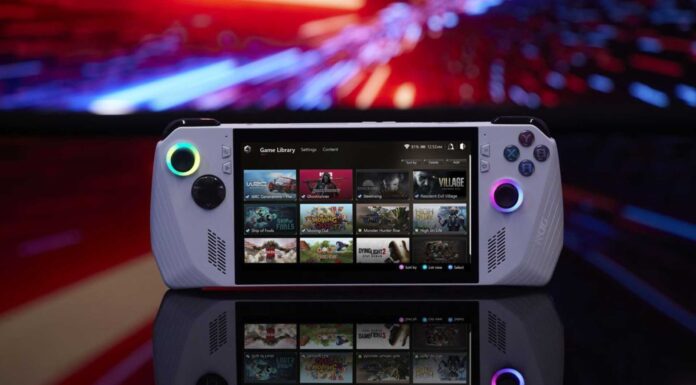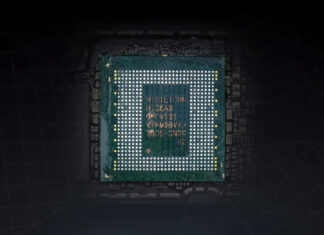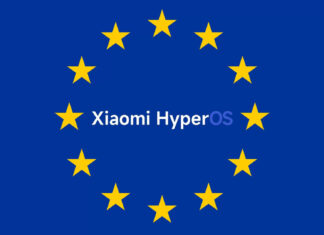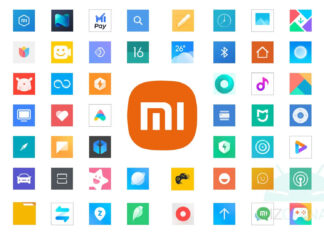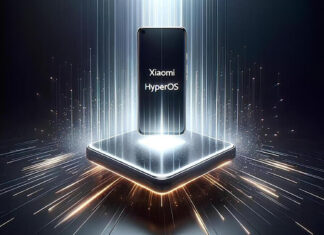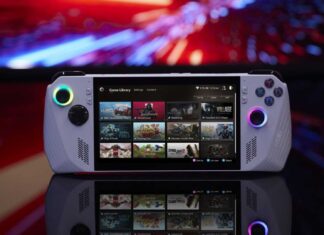Di tendenza
ULTIMI ARTICOLI
Dopo NIO e Polestar, anche Hongqi vuole il suo smartphone
È nata una nuova moda in Cina, nazione dove sta prendendo sempre più piede nelle case automobilistiche l'idea di realizzarsi da sole il proprio smartphone. In un mondo sempre più interconnesso e tecnologico come...
Huawei Pura 70 Ultra e Kirin 9010: primi benchmark, fra sorprese, misteri e bugie
Per quanto l'azienda cerchi di tenerlo nell'ombra, dentro ai nuovi Huawei Pura 70 (ma solo su Pro, Pro+ e Ultra) c'è il Kirin 9010, l'ennesimo sforzo di una HiSilicon che, nonostante il ban USA,...
Dove comprare Redmi Pad Pro, il nuovo tablet Xiaomi da 12″
I primi mesi del 2024 hanno visto il debutto di tante novità da parte di Xiaomi, con i nuovi top di gamma della serie 14 e non solo. Infatti anche Redmi è finita sotto...
Redmi 13 anche in versione 5G, ma arriverà Global con POCO
Tra i prossimi budget phone di Xiaomi ci sarà Redmi 13, telefono 4G che si preannuncia abbastanza basilare (e quindi economico, la cosa ha i suoi vantaggi). Tuttavia ora sono emersi dettagli su un'ulteriore...
HyperOS 1.0 Stabile arriva in Europa con Xiaomi.eu
Oltre a essere disponibile in versione Beta, l'aggiornamento HyperOS 1 Stabile sta giungendo in Europa, non soltanto in veste ufficiale ma anche sotto forma di Xiaomi.eu. Da quando Xiaomi ha effettuato la transizione da...
Xiaomi: scarica l’ultima versione di tutte le app MIUI | Download
Come ogni interfaccia proprietaria che si rispetti, anche la MIUI di Xiaomi trae forza dalle app di sistema che arricchiscono gli smartphone. In confronto all'esperienza stock di Android, Xiaomi è uno dei produttori che...
HyperOS 1: link per Xiaomi, Redmi e POCO | Download
Dopo tredici anni di attività, Xiaomi decide di porre fine all'era della MIUI in favore di HyperOS, il suo nuovo sistema operativo Android per smartphone, tablet e gadget vari. Tutto parte quindi con l'attuale...
La Cina blocca WhatsApp e Threads: Apple costretta a rimuovere le app
Apple ha annunciato di aver rimosso le app di WhatsApp e Threads dall'App Store in Cina dopo un'esplicita richiesta del governo che ha deciso di bloccare i servizi. Anche gli ultimi due social di...
Realme C65 sarà l’entry level 5G più veloce, a poco più di 100€
La compagnia cinese ha annunciato l'arrivo del suo prossimo entry level per il mercato Global (per ora solo in India), un dispositivo che si preannuncia parecchio interessante. Realme C65 5G, infatti, sembra avere delle...
ASUS ROG Ally con Z1 Extreme torna in sconto su eBay e Amazon: approfittatene...
Il mondo delle console portatili sta vivendo un vero e proprio rinascimento, iniziato da lancio di Steam Deck di Valve. Il proliferare di questa console ha visto anche la nascita di ASUS ROG Ally,...






